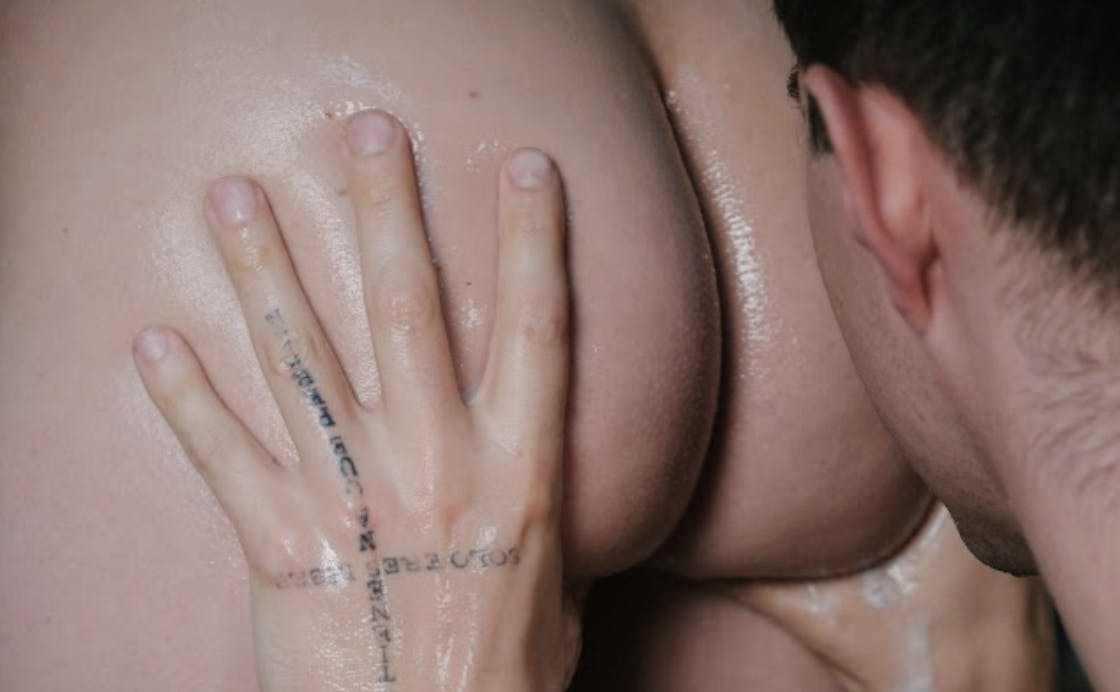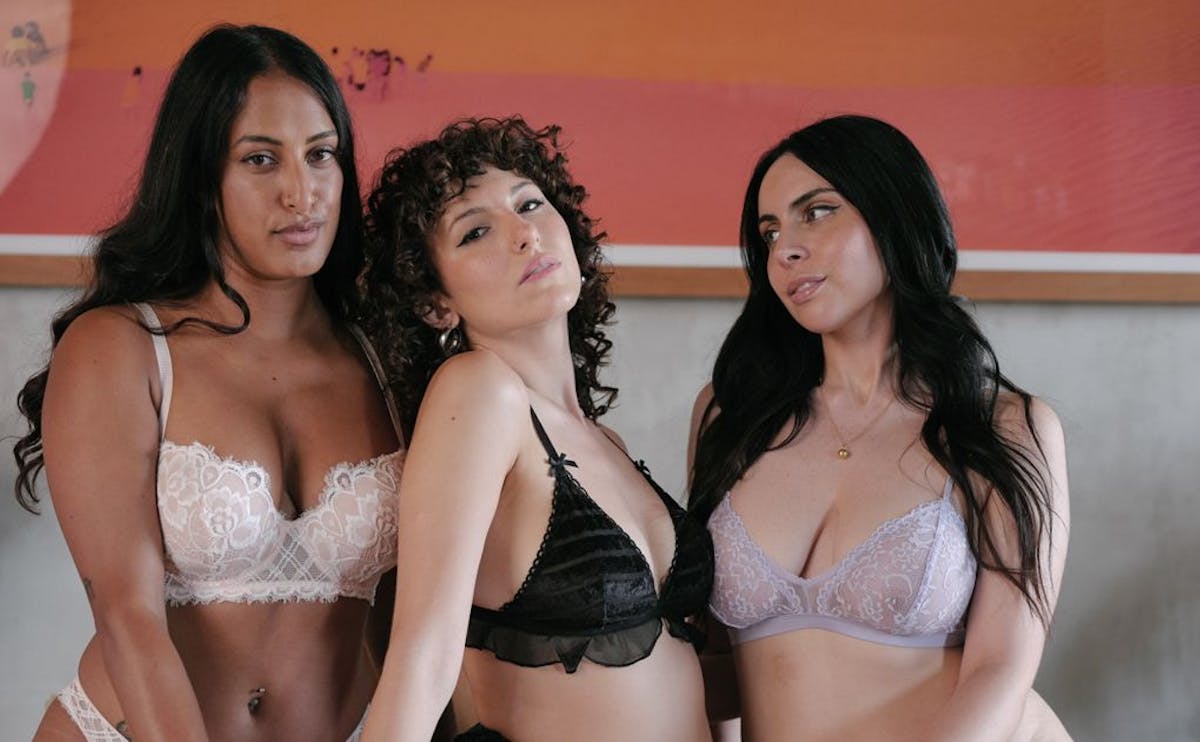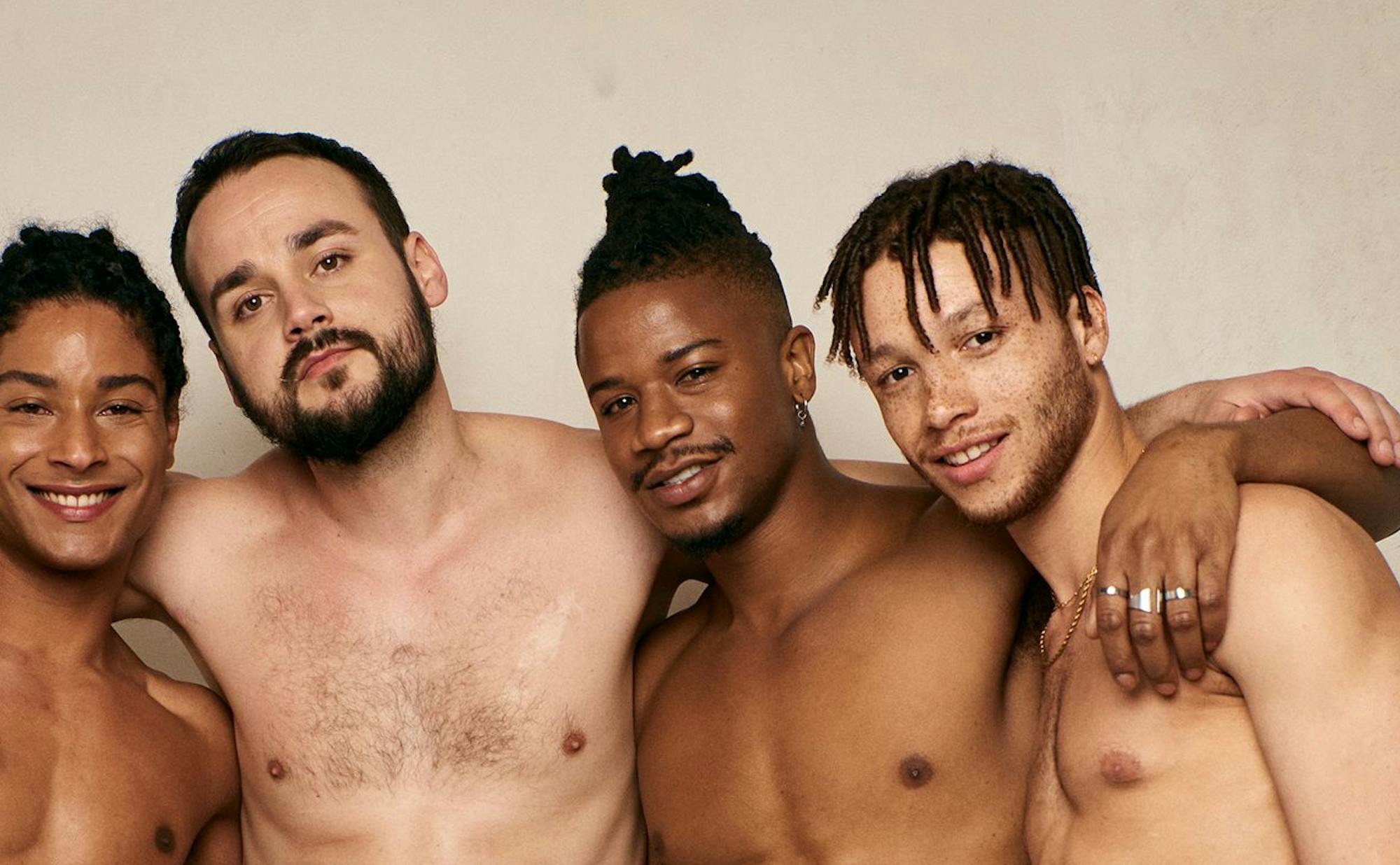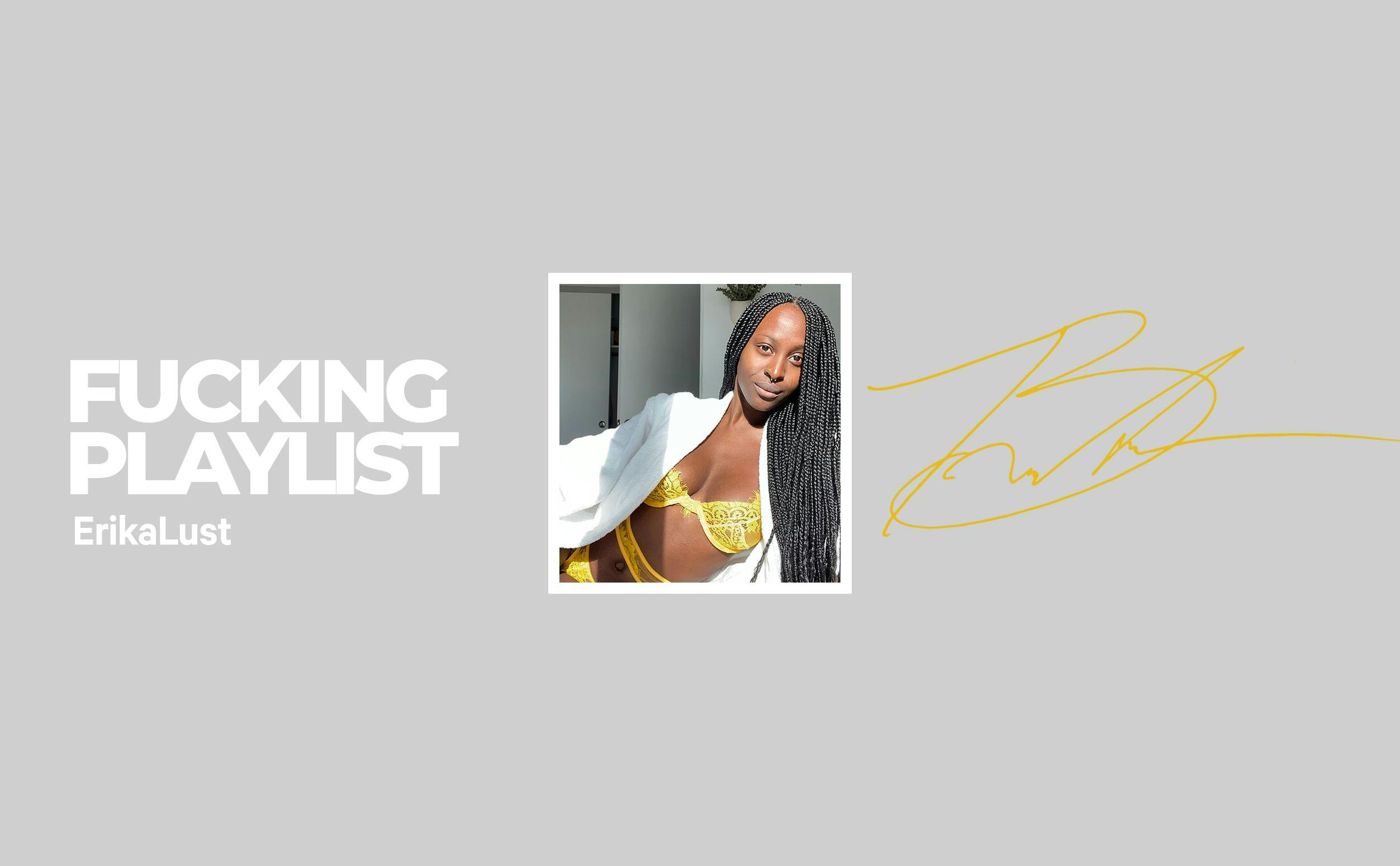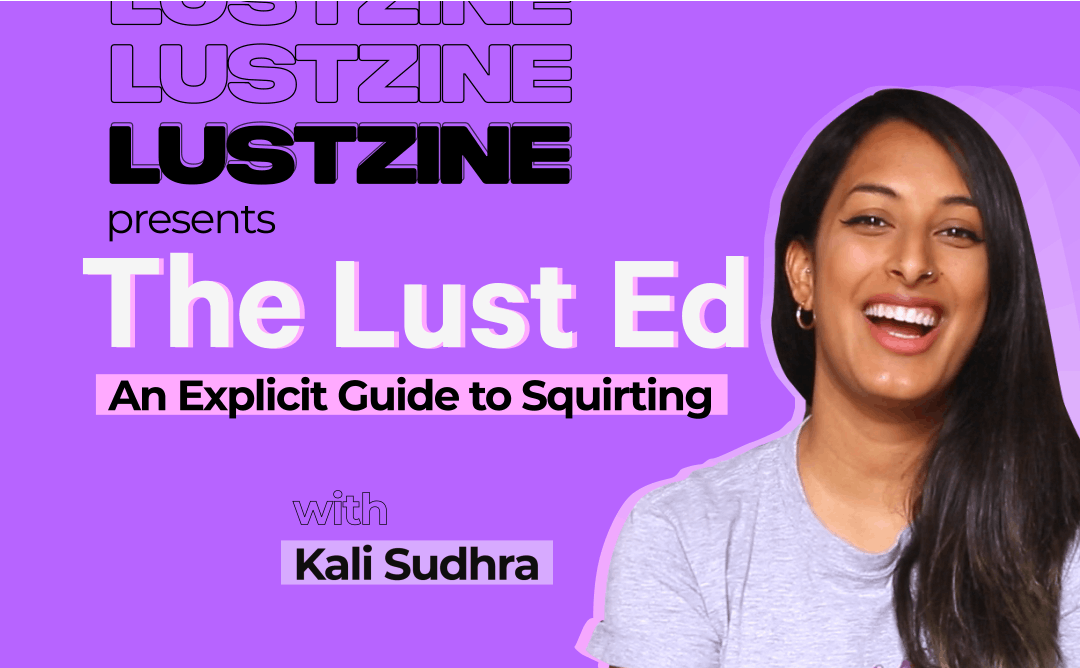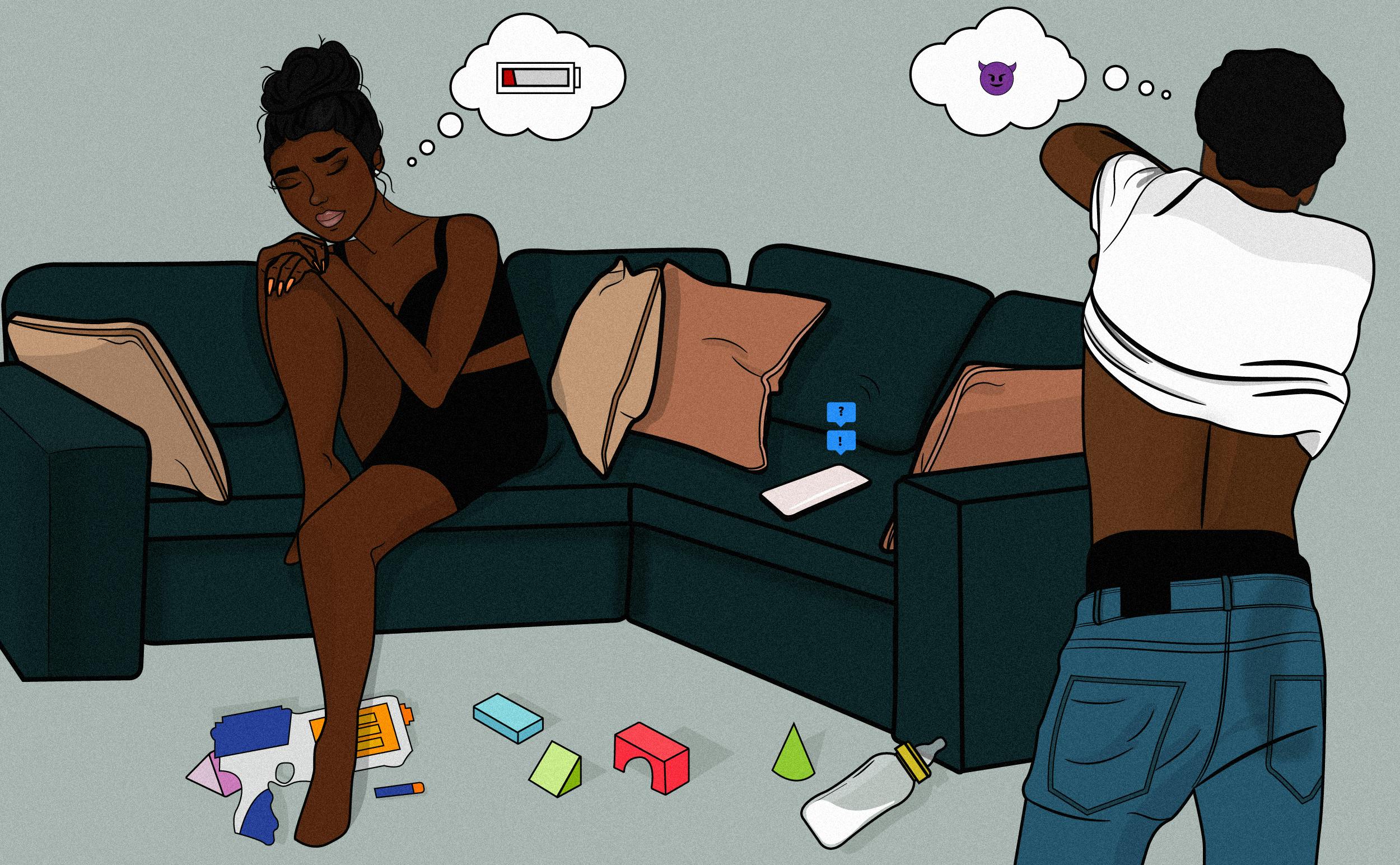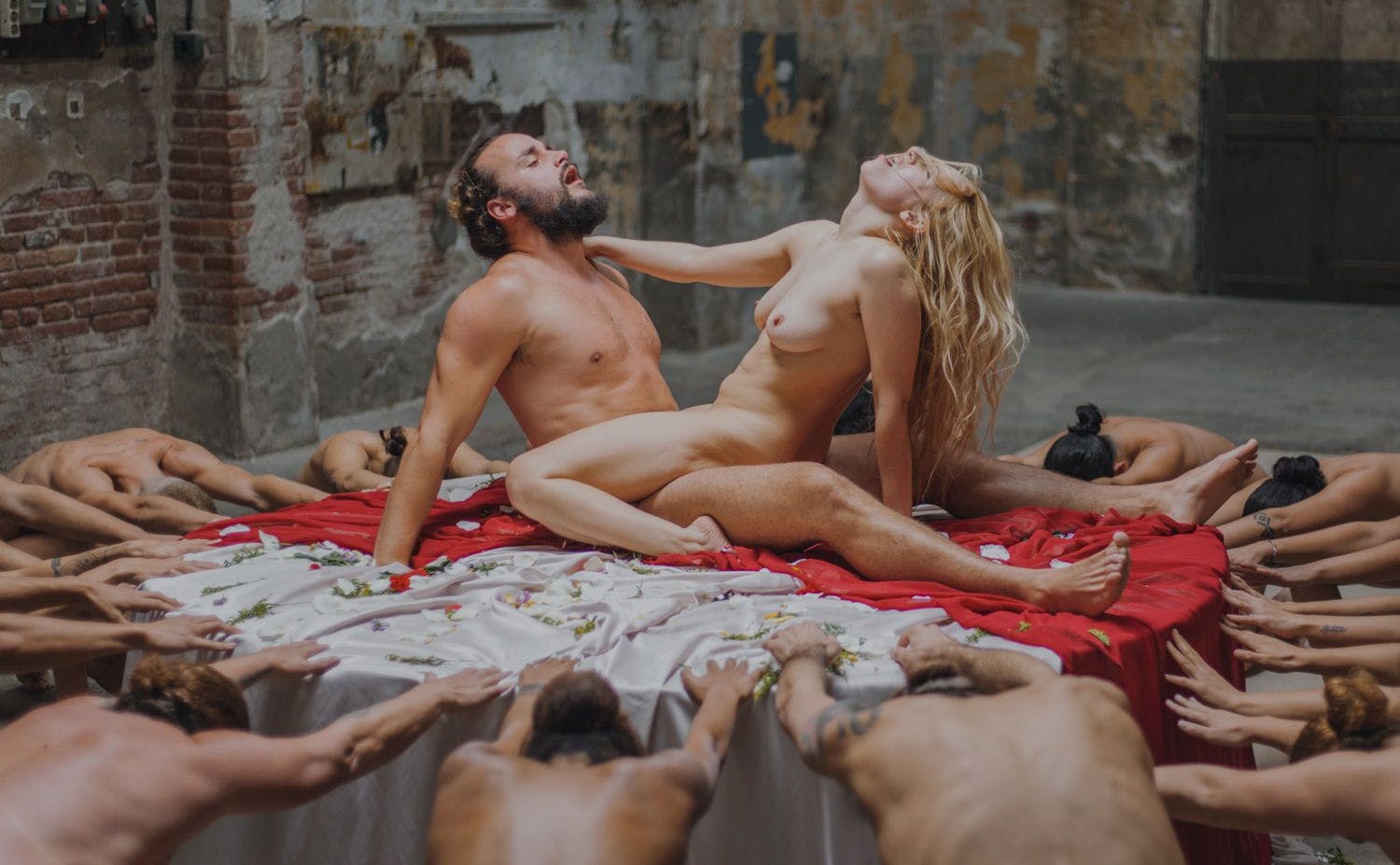

Viva La Vulva: A Museum Dedicated Entirely to Vaginas
Viva La Vulva: A Museum Dedicated Entirely to Vaginas
The world’s first museum dedicated entirely to vaginas has just opened in north-west London. Curated by biochemistry graduate Florence Schechter and her team, the museum was opened to end stigma, dismantle myths and to create a safe space to educate about sexual and reproductive health and gynecological anatomy. As a director of porn for women I really wanted to visit the museum but since I couldn’t make it to London myself, I sent sex and relationship journalist Lisa Scott on a mission to attend the museum’s opening night of exhibition Muff Busters: Vagina Myths and How to Fight Them and to talk to the team behind it.
In a corner of London’s new Vagina Museum are three pairs of stained cotton knickers displayed in a glass case. The exhibit is titled ‘Why do I get bleached underwear?’ and describes how acidic discharge is part of the vagina’s healthy, self-cleaning process. The museum’s curator Sarah Creed, who is wearing a necklace that states ‘VAGINAS ARE NORMAL’ in capital letters, tells me the framed knickers belong to her. ‘This is how much I advocate what we’re doing,’ she says. ‘Tampax recently released a survey that questioned people who menstruate and they all said that every single pair of their underwear is ruined. Rather than accepting it or even being amused, there was real shame.’
The world’s first museum dedicated to vaginas, vulvas and the gynaecological anatomy believes that a lack of understanding and information has lead to vaginas becoming a societal taboo and is on a mission to eradicate such stigma. ‘It is a part of the body that should be researched, discussed and celebrated,’ reads a poster in the small bright space in Camden Market, which includes a gift shop selling crochet vulva earrings, books like Anaïs Nin’s Delta of Venus and postcards scrawled with slang words: peach, pussy and pink taco. The concept was conceived by the museum’s director Florence Schechter, a science commentator and former healthcare assistant – ‘I’ve seen a lot of vaginas,’ she tells me – after she discovered that Iceland is home to a penis museum but there was no similar space for women. ‘It’s not exactly a niche subject. Around half the world has one,’ she adds.
So, in 2017, Schechter launched a series of successful pop-ups, exhibitions, and events, and went on to raise £50,000 through a crowdfunding campaign. The museum, which also holds regular performances and events including a book club discussing feminist literature, finally opened last Saturday with an exhibition titled Muff Busters: Vagina Myths and How to Fight Them (until February 2020), which looks at misconceptions surrounding sex, periods, appearance, contraception, and hygiene. ‘I know this is my realm but the numbers I discovered were shocking,’ says Creed, who worked with medical experts, gynaecologists, historians, sex tech experts, midwives, and Dr Jen Gunter, author of The Vagina Bible. ‘One in five adult women think they have to remove a tampon to urinate, which blew my mind, and one in four girls said they didn’t know what a period was before they had one.’
The exhibition rightly opens with an anatomy lesson, describing the two main defined areas of the gynaecological anatomy. The internal vagina and the external vulva – the labia minora, labia majora, clitoris and urethra – all helpfully depicted with a detailed diagram. The exhibition then reveals and resolves some truly astonishing myths. Coca Cola, it explains, is not an effective spermicide, something believed by young women in 1950s America who would douche with the fizzy drink that has since been proven to remove rust from metal. Urinating after sex won’t stop you from getting pregnant either and, debunking a particularly wild claim, the museum points out that it’s not possible to tell if a woman is a virgin by looking at her vagina. Displayed is a contemporary medical textbook used by students in India, which describes the difference between a ‘true’ and ‘false’ virgin. Anything ‘capacious, lengthy, enlarged’ is proof that the individual has had sexual intercourse, apparently. ‘It’s infuriating,’ says Creed. ‘This is actually taught to people. Your anatomy has no reflection on your virginity. There’s this myth that if you have loads of sex, your vagina will get really baggy. The vaginal canal is the size of your middle finger and yet some people think it’s like a drain pipe. One woman told me she thought it was always open, like some sort of hard cartilage orifice.’
The exhibition then continues with a very necessary explanation about virginity and hymens. ‘Virginity is a social construct,’ reads a display above an illustration by artist Charlotte Wilcox and next to an installation of a large glitter-coated tampon and two menstrual cups by sculpturist Sam Dawood. ‘The stigma of toxins and cleanliness linked to periods has come from a lack of discussion about what a period actually is,’ says another exhibit, describing how the uterus lining is pure and clean enough to nurture an embryo. ‘Period blood isn’t a waste product from your body,’ says Creed, ‘and your vagina shouldn’t smell like a bouquet of flowers. The feminine hygiene industry has created the idea that the vagina smells but these products alter the very delicate bacterial microflora, which actually creates smell and more discharge. If my vagina smelt like ocean air, I’d be more concerned. No aerosols please,’ she says, shaking her head.
Pubic hair and society’s obsession with hair-free vaginas – perpetuated by unrealistic male-orientated mainstream pornography – has a place too. ‘There is no judgement to anyone who chooses to groom,’ it reads, ‘…but it’s actually more hygienic to have hair.’ There is also a thorough investigation into the glorious clitoris, all 8-10cms of its multiple parts. ‘For as long as any of us can remember, there have been jokes about not being able to locate the clitoris – something perpetuated by the patriarchy in response to not actually quite knowing what they were looking for,’ it reads. This playful tone hopes to engage people through humour, which is often the most effective approach to communicate a necessary message – and engaging everyone is key, says Creed. ‘We want to be a place that anyone can start a conversation, including cis heterosexual men. We are also an LGBTQ+ ally and an intersex ally and want to give these individuals a space to have a dialogue too.’
In the days before the exhibition’s official opening, I’m told how a group of teenagers sashayed into the museum, eventually staying for an hour, dropping their competitive swagger and asking where they should touch their girlfriends. ‘One asked me, “so, is it attractive if I know what all these parts are?” and they all left with an anatomy quiz,’ says Creed. Offering cis heterosexual men a space to learn without feeling inappropriate – ‘or making a joke about a clitoris and running away,’ she says – is real progress and our conversation evolves into the very different relationship cis men and women have with their genitalia. ‘Cis women have to make an effort to get a mirror and look at their vulva, which is tucked under, unlike cis men who glimpse their penis every day,’ says Creed. ‘It’s created this weird shame that suggests looking at your vagina and vulva is sexual but it’s just a part of the body. Saying the word vagina should be like saying nose, ear or mouth,’ she continues. ‘It’s biological. I wouldn’t mind if I was running around telling everyone to call it a cunt.’
As part of her two-month research into vaginas and the myths that surround them, Creed spoke with Professor Emma Rees, the professor of Literature and Gender Studies at the University of Chester, who says that the word cunt is, in fact, one of the only words in history that accurately refers to the entire female genitalia. But can we ever reclaim it?
‘We’re so far down a path now. It’s just far too ingrained in the social narrative,’ she says. ‘It literally means the worst thing in the world. It just screams patriarchy’. Perhaps it is a topic that future exhibitions could investigate, I put to her, and she reels through a list of potential themes that include the representation of menstruation throughout history, the linking of menstruation cycles to the moon, and the hysteria from hormones that saw many women committed into asylums because of a bad case of PMS. Schechter has her own ideas too. ‘I’d love to look at mythology, like the real story behind the Disney animation Moana.’ In the original Māori folklore, Māui from Moana died when he climbed inside the vagina of Hine-nui-te-pō, the goddess of death. ‘She didn’t like him being there so she crushed him,’ says Schechter with a smile. Even the public will get a say in potential future topics, thanks to a new vagina-shaped postbox that will invite visitors to comment on what they would like to know more about. The ultimate aim is to build a dedicated permanent museum by 2030 – this space is hired for two years – but, for now, the museum is happy just starting much-needed conversations. ‘Shame stops women going for cervical screenings or even speaking to their doctor about problems,’ says Schechter. ‘We want to educate and to celebrate.’
About the author:
Lisa Scott is a sex and relationships journalist who lives between London and Barcelona. In 2011, she launched an agony aunt column, which is published weekly in Metro, the UK’s most-read weekday newspaper, and with the help of her expert panel has answered in the region of around 450 dilemmas about sex and matters of the heart. She’s been tied up in Shibari Japanese rope bondage classes, spent the night on Indonesia’s Sex Mountain and has interviewed a host of prominent women who are confronting society’s dated sexual paradigms.
GET A FREE MOVIE
